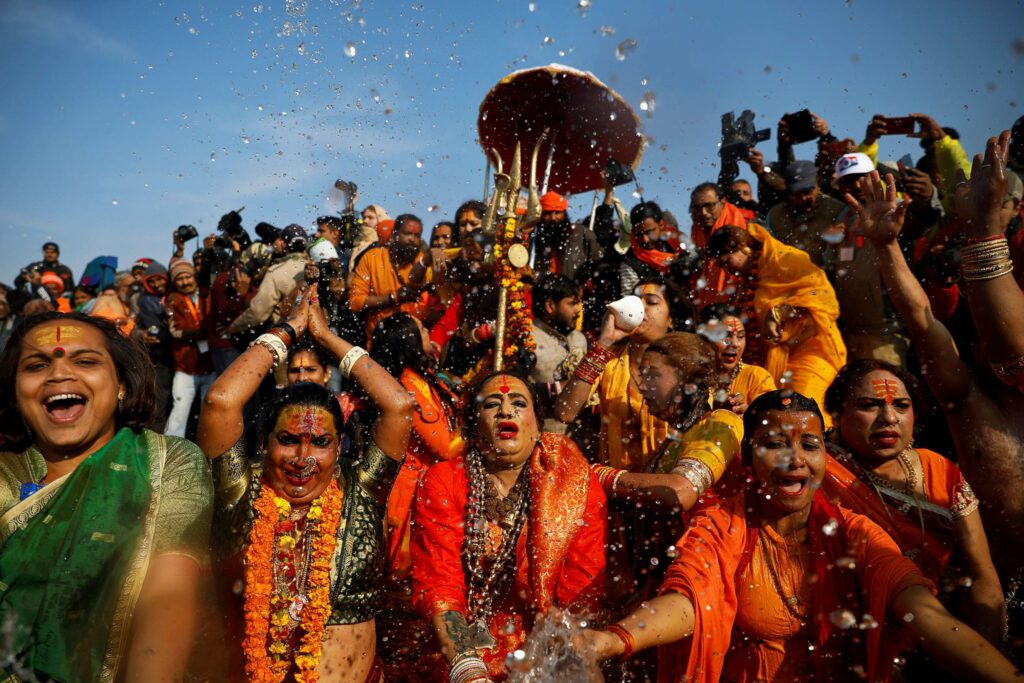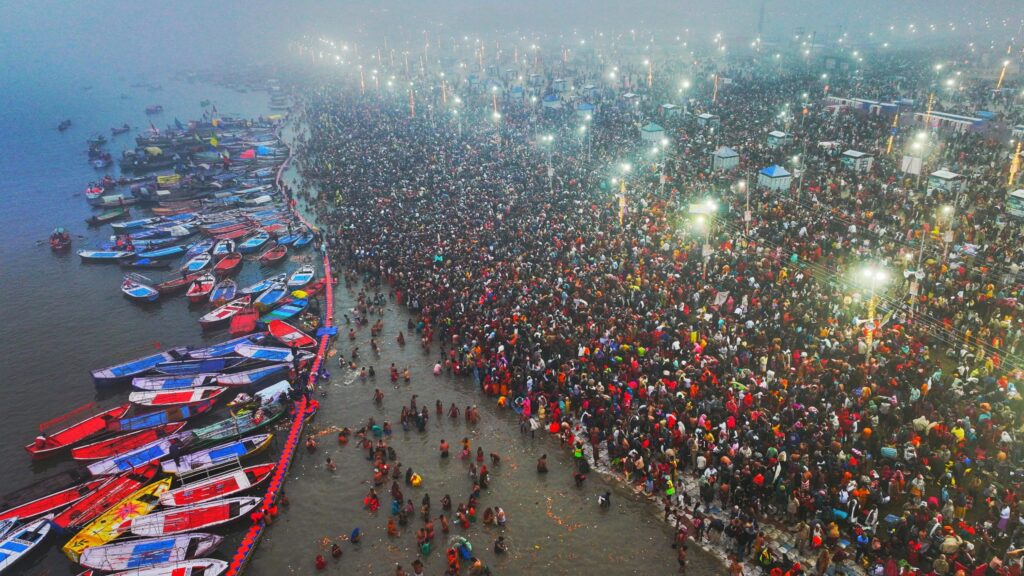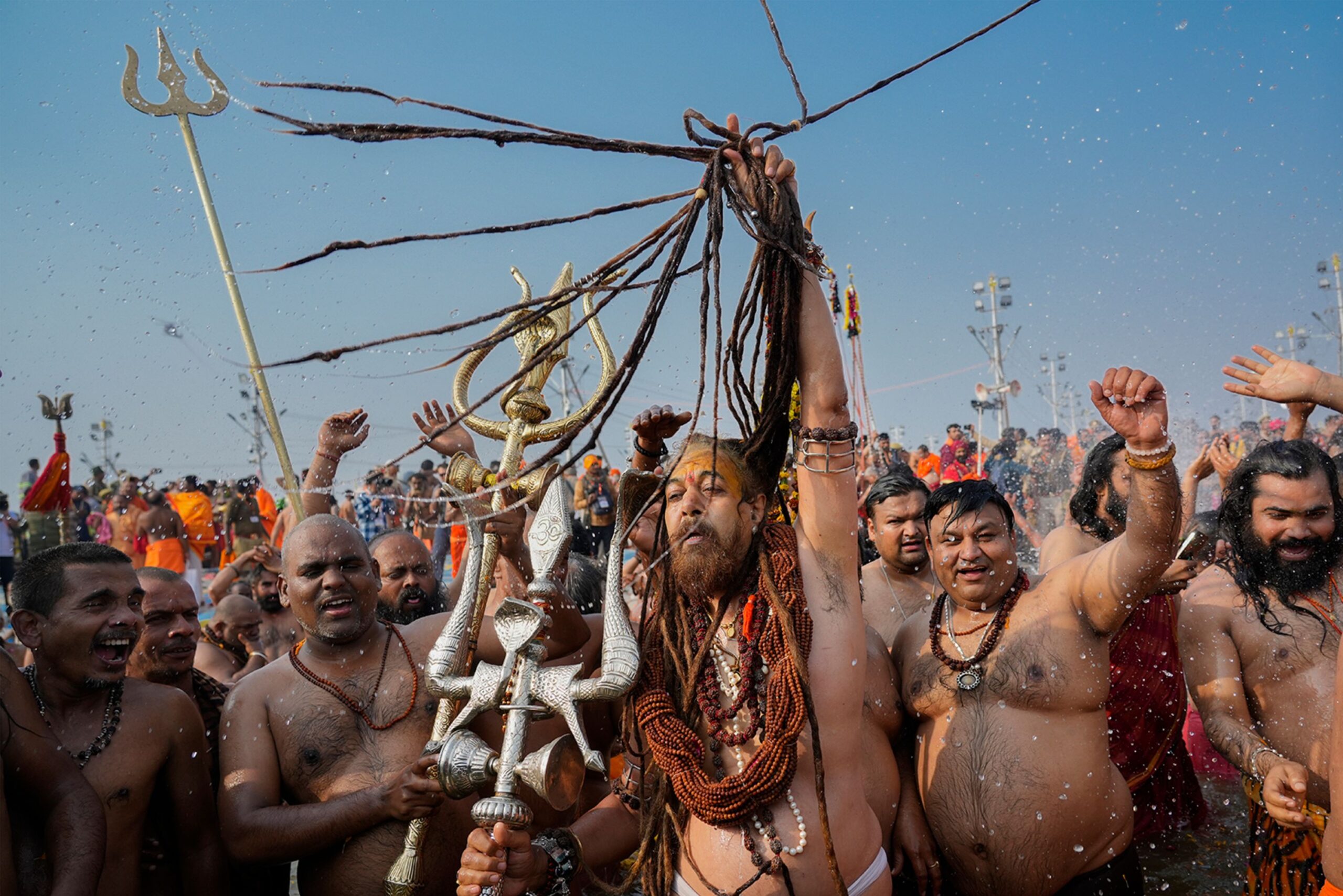The Indian government announced on Friday that more than 420 million pilgrims have taken a ritual dip at the ongoing Kumbh Mela, the world’s largest religious festival. The staggering figure, surpassing the combined population of the United States and Canada, was estimated using artificial intelligence and surveillance cameras, according to the event’s organizing authorities.
The Kumbh Mela, a six-week-long Hindu festival held every 12 years in Prayagraj, Uttar Pradesh, revolves around prayer and bathing at the sacred confluence of the Ganges, Yamuna, and the mythical Saraswati rivers. With over two weeks remaining until its conclusion on February 26, the event has drawn massive crowds, despite the challenges of crowd management.

Religion and politics in India are closely linked, and critics argue that the festival’s promotion serves to strengthen the image of Hindu nationalist Prime Minister Narendra Modi, who participated in a ritual dip on Wednesday. Uttar Pradesh Chief Minister Yogi Adityanath, a firebrand monk and Modi ally from the Bharatiya Janata Party (BJP) has also been closely associated with the event.
Authorities claim to be managing the enormous turnout through an extensive network of cameras, overhead drones, and AI-powered data analysis to track attendance and control crowd movement.

However, a tragic stampede on January 29 resulted in at least 30 deaths and 90 injuries, raising concerns over safety measures. Initially, officials downplayed the incident, despite graphic television footage showing the scale of the disaster.
The Kumbh Mela is deeply rooted in Hindu mythology, symbolizing an ancient battle between deities and demons over a pitcher of nectar granting immortality. Pilgrims believe that bathing in the sacred waters during the festival cleanses sins and leads to salvation.






